#Gebrüder
Explore tagged Tumblr posts
Text
Here's how to write an authentic Grimm style fairytale, brought to you by a Certified German TM:
Forget everything Disney movies taught you, besides maybe Snowwhite, Cinderella, and Sleeping Beauty. But even those are on thin fucking ice. Also ignore modern fantasy literature conventions, especially Dungeons & Dragons type stuff.
Ideally only the protagonist or none of the characters ought to have names. And the names should either be really fucking ordinary, or some kind of epithet. Like, either that's a Franz or a Bramblesock, cause when Bramblesock was a child he lost a sock in a shrub of brambles. Everyone else is either the king, the grandma, or the carpenter.
The common types of protagonist: Regular working class guy who cons his way into a life of riches, poor downtrodden peasant who through hardworking kindness is granted salvation (usually via gaining riches), too pure too good for this world princess who can't catch a fucking break, too nasty too bratty for this world princess who gets taught a lesson in humility.
The characters are generally very one note and the only kind of character growth they can experience boils down to "maybe I shouldn't have been a dick, huh?"
The location is either as vague as possible or super fucking specific for no reason; either the story takes place literally nowhere or in the town of Buxtehude.
Animals and inanimate objects that can talk for no apparent reason and no one bats an eye at are always a great addition.
If you want to add any fantasy races, use giants (large, dumb brutes), dwarves (angry little guys who live in the wilderness and get really angry if you touch their beards), or gnomes (mischievous house spirits who might be helpful but watch out!), but never more than one of these. Fairies are rare and usually the "tall beautiful wise woman" type, not the small annoying pixie type. Dragons are very pointedly no-where to be found, those distinctly belong in sagas, which are their own distinct type of literature.
Weird moral of the story that either boils down to "be smarter than all the other fuckers", "good things happen to good people, bad things happen to bad people", or "don't upset the supernatural".
Random tidbits of gore that no one bats an eye at.
Witches eat children, if a mother gets more than single line dedicated to her she's evil, fathers are spineless and/or assholes who either die or come around in the end.
Ugly means evil, pretty means good. Except when it doesn't.
Optional: Repeated rhyming phrases and numbers. Seventh son of a seventh son kinda stuff. The numbers 3, 7, 12, and 13 in particular.
Ideally a 19th century scholar should be able to read some clumsy Germanic pagan wishful thinking into the story, no matter how big and obvious the Christian overtones are.
Optional: Start the story with "Once upon a time" and end it with "And if they didn't die, then they are still alive today."
#writing#fairy tales#fairytales#grimm's fairy tales#gebrüder grimm#brothers grimm#german stuff#writing advice
1K notes
·
View notes
Text

Bethanienkirche (1970-72) in St. Niklausen, Switzerland, by Gebrüder Schärli
224 notes
·
View notes
Text

Hansel and Gretel by San Diego artist JJ Kirby
#hansel and gretel#hänsel und gretel#hansel y gretel#hansel et gretel#jeannot et margot#juanito y margarita#pedro y margarita#hänsel und grethel#hänsel e gretel#giovanni e margherita#nannino e ghita#joão e maria#brüder grimm#jj kirby#brothers grimm#fratelli grimm#frères grimm#hermanos grimm#irmãos grimm#gebrüder grimm#fairy tales#märchen#cuento de hadas#conte merveilleux#conto de fadas#fiaba#fairy tale#conte de fées#hans en grietje#hansel e gretel
18 notes
·
View notes
Text
searching for a kids book in german that isn't sad to motivate one of my students to read more and failing utterly
#gebrüder löwenherz#astrid lindgren#krabat#der kleine prinz#ivannoe but uff that's super problematic we are not doing that#grimmwriting#deutsche märchen
35 notes
·
View notes
Text

8 notes
·
View notes
Text

"Jacob Grimm", charcoal on paper, 18 x 24 cm
ヤーコプ・グリム
#illustration#desenho#dessin#drawing#dibujo#zeichnung#ilustração#caricature#karikatur#pascal kirchmair#jacob grimm#grimm brothers#gebrüder grimm#ilustración#arte#art#artwork#artists on tumblr#my art#kunst#literatur#literature#märchen#grimms märchen#portrait#porträt#retrato#charcoal#kohle#zeichenkohle
5 notes
·
View notes
Text
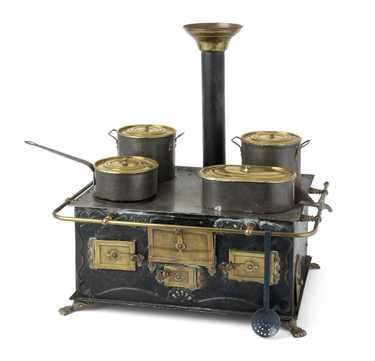
Gebrüder Bing, Nürnberg
Children's cooking stove
circa 1900
#Gebrüder Bing#Nürnberg#Germany#1900#antique#toys#antique toys#cooking stove#toy stove#history#1900s
28 notes
·
View notes
Text
About "The Language of Thorns":
Our queen Leigh subverts common fairy tale tropes in her own ones, and I love this modern twist, I also recognised which fairy tales hers are based on. So I'll tell you my conclusions.
Btw I'll refer to fairy tales as Märchen from now on because I'm German and it's just the better word ("fairy tale" just doesn't feel like it includes all the tropes, creatures and characters, it feels like the stories only revolve around fairies and I think that doesn't do the genre justice).
Spoilers for the entire Grishaverse ahead.
Ayama and the Thorn Wood: This is basically a "Beauty and the Beast" retelling. The major subversion is that she is never really regarded as a beauty, and in the end, she also chooses to become a monster instead of him becoming human because that doesn't need to be fixed. Also every story she tells him is subverting tropes: the 1st one is about how unlikely a true happy ending is, the 2nd one is about how the things that seem like a threat can actually be a blessing and about how evil often disguises itself, the 3rd one is about how you shouldn't trust a stranger even though what he offers seems better than what you currently have and that you shouldn't be safed by a prince. The first of her stories is confirmed to be inspired by Tarrare's "Polyphagy".
The Too-Clever Fox: This is inspired by all of those fables where a fox is the main character. In those, he is normally a natural trickster and very smart. Oftentimes, it's about foxes utilising their wit to get what they want or escape a trap by using others and their flaws, and they normally succeed. The main subversion is that the too-clever fox isn't clever enough, he is trapped and was tricked, he didn't see that the girl was the hunter all along, he is stripped of his wit and the only way he survives is by the help of his friend Lula. Leigh wanted to show that hunters come in all shapes, they aren't always loud or muscular or male.
The Witch of Duva: This is (confirmed by author's note) based on "Hänsel und Gretel" by the Gebrüder Grimm (brothers Grimm). Btw I immediately knew that Magda was going to appear in this tale because of the opening and because I read "The Lives of Saints" just a few weeks prior. The subversion is obviously that neither the witch is the villain nor is the stepmother. Instead, they even help our main character. The real evil is closer than she ever thought. In the author's note, Leigh even confirmed that she did this because it always didn't sit right with her when Hänsel and Gretel returned home because the father who seemingly had no problem with abandoning them wouldn't protect them in the future.
Little Knife: This is inspired by all those tales where the guy (be it a prince or a commoner with a golden heart) has got to go through 3 trials to win the girl (be it a princess, a nobel woman or a very pretty commoner), the Gebrüder Grimm alone wrote many of those for example "Das tapfere Schneiderlein" (The bold Tailor). Leigh thought that trials are a weird way to find a fiancé. The subversion is that the poor guy with the supposed gold heart is just another man who doesn't love Yeva for herself, doesn't care what she wants and doesn't even deserve her because the river did all the work for him. This results in the river who won all the trials asking Yeva to leave those who are unworthy of her and only see her beauty, to which she agrees. Also they are sapphics and nobody can tell me otherwise.
The Soldier Prince: This is 100% based on E. T. A. Hoffmann's "Nussknacker und Mäusekönig" (Nutcracker and Mouse King), and yes, I googled he is the original author Tschaikowsky only adapted and changed the story. The subversion is that he doesn't want a romance, that's just what everyone expects of him. He wants to live a life of his own, and the Mouse King isn't the antagonist but rather helps the soldier accomplish what he already did. I loved the existencial crisis angel of this Märchen and Leigh said in her author's note that this was added because of her childhood trauma caused by "Velveteen Rabbit" (I don't know what that's about but I still can relate because like the amount of childhood trauma "Pinocchio" - especially the whole island plotline - caused in my case is so huge that I'm actually crying right now).
When Water Sang Fire: The author's note confirmed that it's based on Hans Christian Andersen's "The Little Mermaid" and it is basically an origin story for the sea witch. The protagonist Ulla undergoes a corruption arc (set in motion by her ambition and loyalty towards Signy), instead of how Märchen usually deal with outcast protagonists. Normally, those proof themselves worthy of love, friendship and glory by doing something that was regarded as impossible (once again the trials trope). Leigh wanted to show that princes can be cruel and dayum that betrayal hurt (I audibly gasped in public like 4 times even though I did see it coming). Do you think her brother spread the rumours that led to her becoming Sankta Ursula?
Thanks for reading.
#grishaverse#language of thorns#the language of thorns#leigh bardugo#the lives of saints#fairy tales#fairytale#brothers grimm#gebrüder grimm#märchen#subverting tropes#signy#sankta ursula
36 notes
·
View notes
Text

Advertisement of the Pflugfabrik Gebrüder Eberhardt agricultural machinery producer on a vintage postcard
#tarjeta#postkarte#postkaart#eberhardt#vintage#producer#sepia#photo#gebrder#pflugfabrik#agricultural#postcard#machinery#postal#historic#briefkaart#carte postale#the pflugfabrik gebrüder eberhardt#ephemera#ansichtskarte#advertisement#photography
3 notes
·
View notes
Text
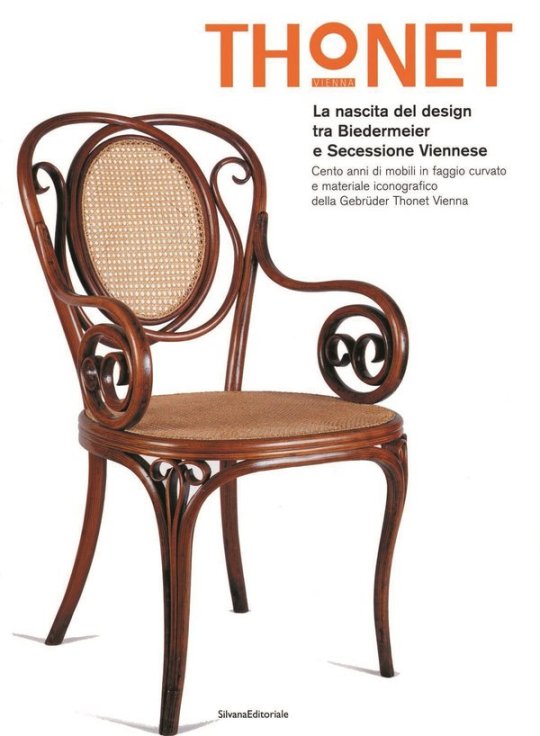
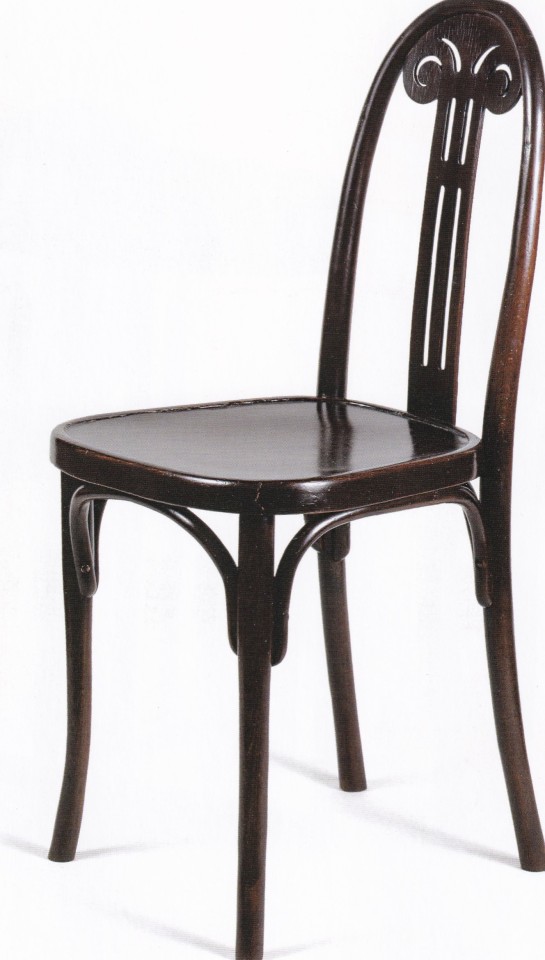
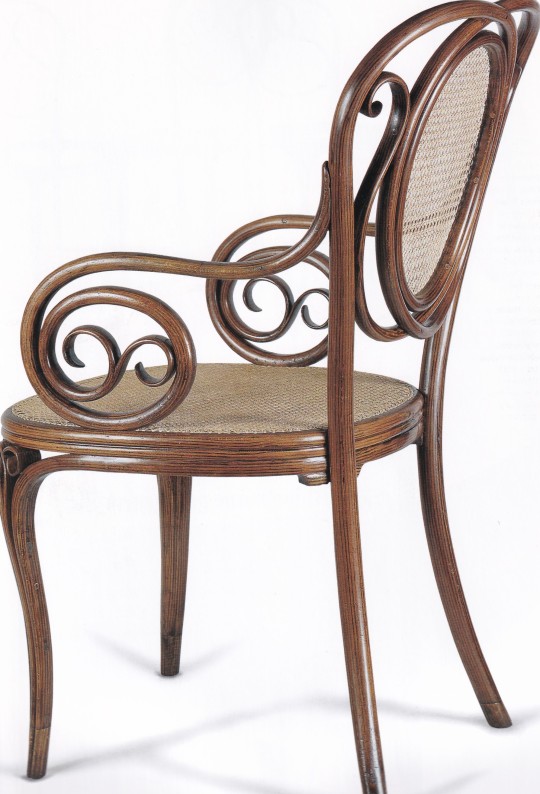
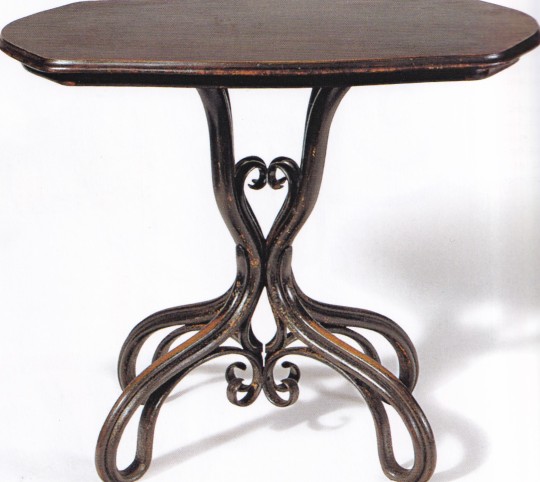
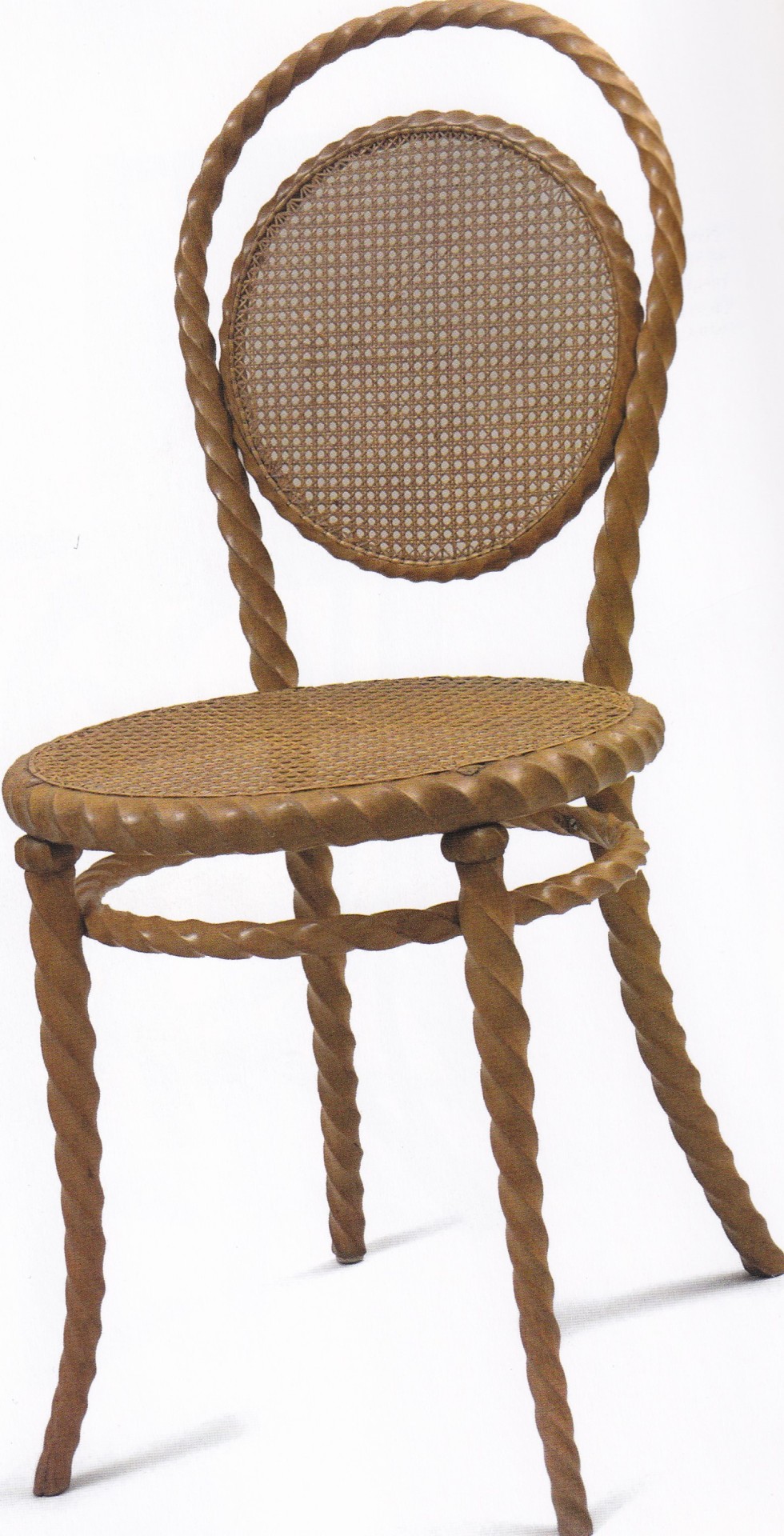
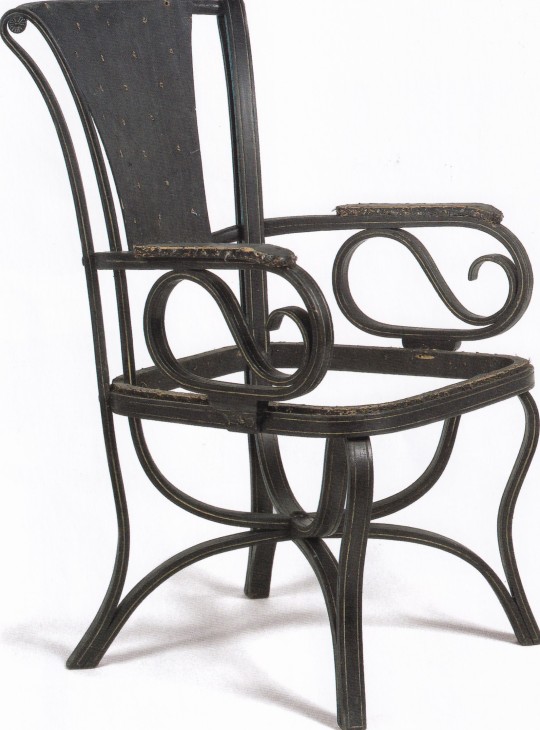
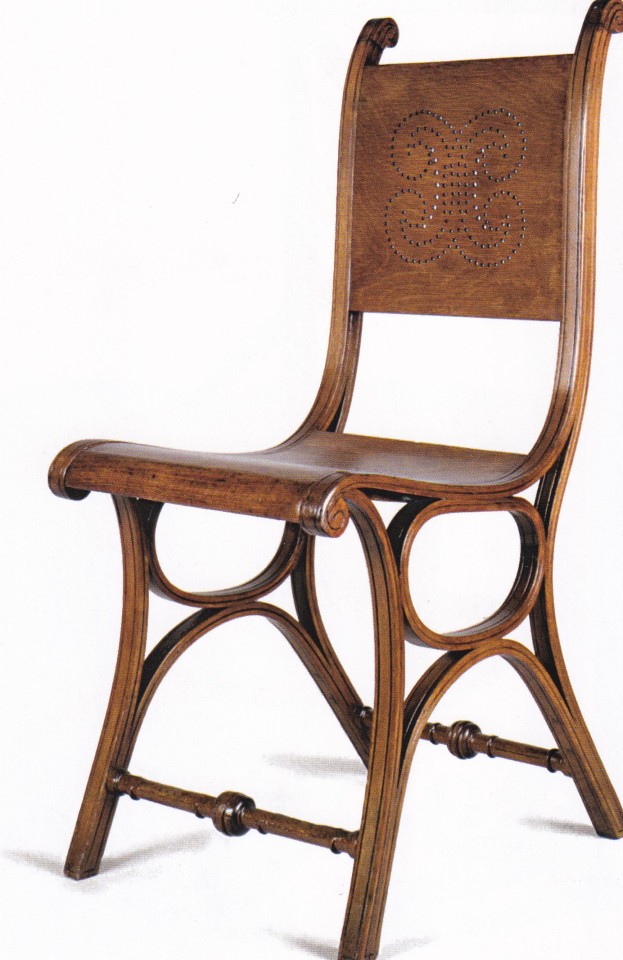
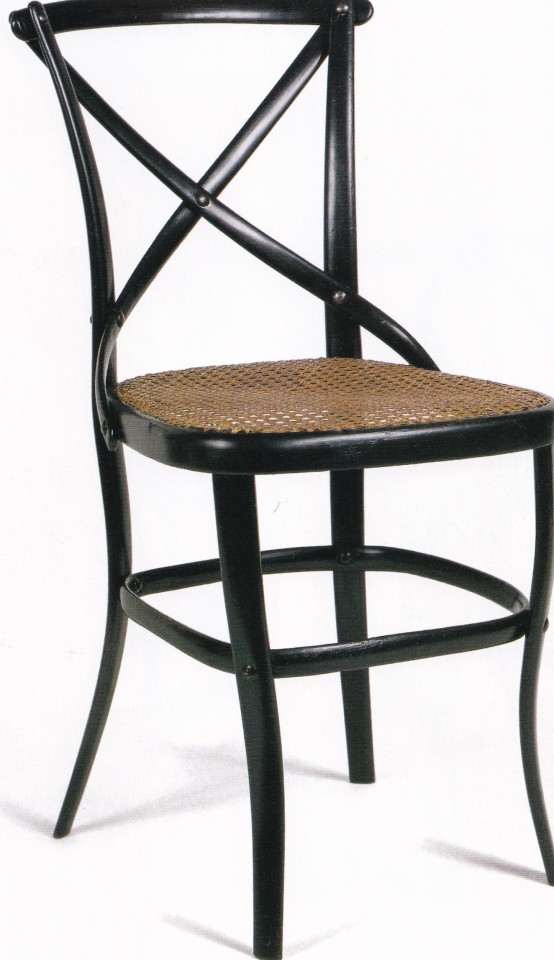
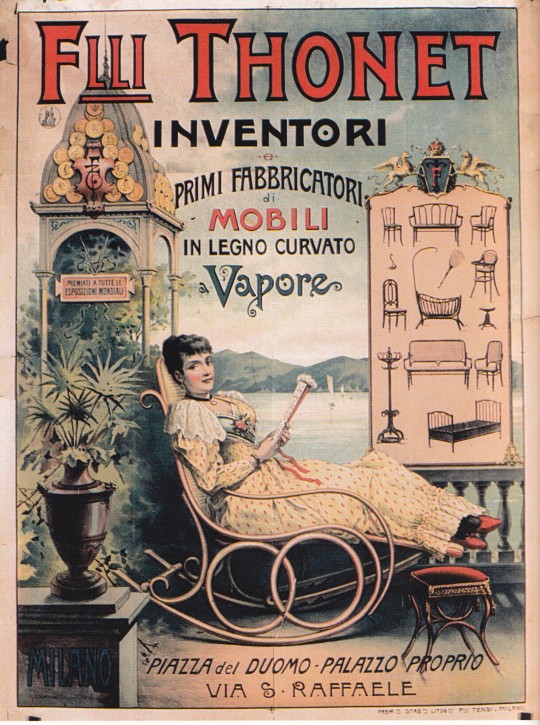
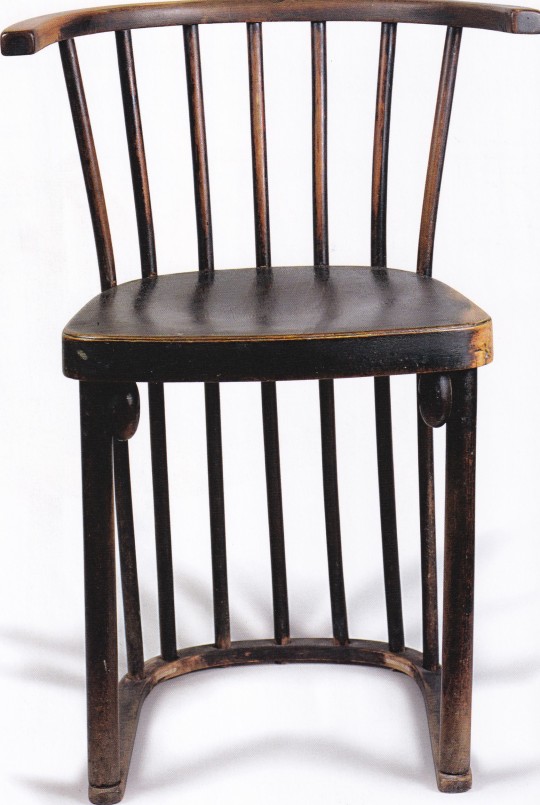

Thonet
La nascita del design tra Biedermeier e Secessione Viennese
Cento anni di mobili in faggio curvato e materiale iconografico della Gebrüder Thonet Vienna
a cura di Chiara Carafa Renzi e Giovanni Renzi, fotografie Studio Cigolini
SilvanaEditoriale, Cinisello Balsamo 2005, 64 pagine, 24x30cm, 40 ill.colori, ISBN 9788882158903
euro 35,00
email if you want to buy [email protected]
La pubblicazione, un agile fascicolo riccamente illustrato, accompagna l’esposizione allestita al Castello Sforzesco di Milano (11 marzo -24 aprile 2005) dedicata a Michael Thonet e alla sua produzione di oggetti di arredamento in legno curvato dalla seconda metà dell’Ottocento fino agli anni venti del Novecento. I modelli di Thonet, che divennero un’icona del design europeo, erano ottenuti utilizzando il legno di faggio curvato al vapore, una tecnologia continuamente perfezionata dalla casa produttrice, che consentiva di piegare le aste di faggio in curve, riccioli e angoli retti, come se fosse un materiale plastico. Ripercorrere la storia delle sedie, delle poltrone, dei tavoli della Gebrüder Thonet significa, come sottolineano i curatori nel saggio introduttivo, addentrarsi nell’origine del design e dell’industria, grazie alla capacità che ebbe Thonet di coniugare la produzione di massa con il gusto artistico e l’innovazione tecnologica.
16712/23
#Thonet#design exhibition catalogue#Castello Sforzesco Milano 2005#Michael Thonet#mobili in legno curvato#Gebrüder Thonet#nascita design#sedie poltrone tavoli#design books#designbooksmilano#fashionbooksmilano
7 notes
·
View notes
Text
Disney leaving out the backstory for Rapunzels name is so funny to me, because in the fairytale it makes sense but in the movie she's just named after a salad.
For no reason other than mother gothel/ the king & queen are horrible at naming babies
#fairy tales#brothers grimm#Gebrüder Grimm#Die Märchen der Gebrüder Grimm#rapunzel#tangled#german fairytales#Funny
182 notes
·
View notes
Text
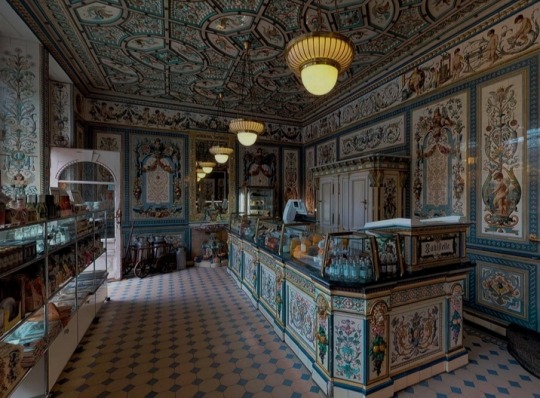
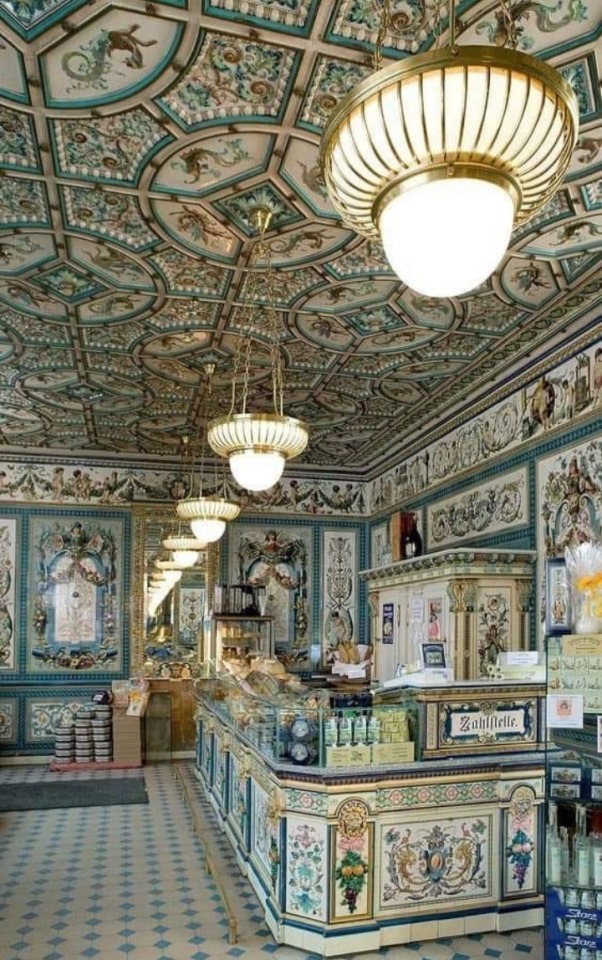
Dresdner Molkerei Gebrüder Pfund / Pfunds Molkerei
The “most beautiful dairy shop in the world” was opened in 1892 CE by Paul Gustav Leander Pfund (1849–1923) in Dresden, Germany.
It was fortunate to survive the heavy bombing during WWII that destroyed most of the city.
Little has changed inside the shop since then, although much has changed outside, namely inventions of refrigeration and pasteurization that have made milk easier to keep at home.
Today, it is one of the most popular attractions in Dresden and offers you a fascinating look, as well as a wide variety of cheese specialities and regional products.
The unique shop has been entered into the Guinness World Records as the "World’s Most Beautiful Milk Shop."
The entire interior is decorated with 247.9 m² hand-painted Villeroy & Boch Ceramic tiles.
The shop is covered floor to ceiling with dancing angels, chubby babies, cows, and woodland creatures.
It’s all accented in gold and blue, and lit by chandeliers, which might delude some into thinking this is a luxury jewelry shop rather than one selling milk.
The shop tells the story of the Pfund brothers.
A fairytale world of motifs awaits you on site that will amaze you. Pfunds Molkerei still sells milk and boasts one of the country’s finest cheese selections (though they were forced to limit it to a mere three state-sanctioned brands during the socialist years of East Germany).
The cafe upstairs sells dairy-based delicacies, like tortellini with spinach and grated feta or pork in pepper cream sauce. The wares inside haven’t changed much either.
Meanwhile, you can indulge yourself with a glass of fresh milk, buttermilk, a cheese platter, chocolates, milk soaps, and cream-based liquors or other delicacies from the shop.
The Pfund brothers were known in the city for their entrepreneurial spirit and wealth of ideas. The main focus was on supplying the people of Dresden with regional and high-quality products.
#Dresdner Molkerei Gebrüder Pfund#Pfunds Molkerei#Paul Gustav Leander Pfund#Dresden#Germany#Villeroy & Boch Ceramic tiles#dairy shop#Guinness World Records
4 notes
·
View notes
Text

Quelle est vôtre marque préférée
3 notes
·
View notes
Text





US Caboose ‘Santa Fe’, 1434 (5800)
Manufacturer: Gebrüder Fleischmann GmbH und Co. KG, Germany Material: Plastic Body, Steel Wheels Scale: H0 / 00 Year: 1960/1961
Further Informations: https://en.wikipedia.org/wiki/Atchison,_Topeka_and_Santa_Fe_Railway
#vintage#germany#Fleischmann#Gebrüder Fleischmann#toy train#model train#model railway#model railroad#H0 scale#00 scale#1:87#1/87#00 gauge#h0 gauge#antique toy#vintage toy#antique trains#1950s#1960s#Caboose#freight train#goods train#US Railroad
4 notes
·
View notes
Text
Stephen King, Maurice Sendak und Hänsel und Gretel
Für viele überraschend hat Harper-Collins die Veröffentlichung von Hänsel und Gretel im Herbst 2025 angekündigt, illustriert vom verstorbenen Caldecott-Medaillengewinner Maurice Sendak mit einer Einleitung von Stephen King. Das Bilderbuch wird am 2. September und gleichzeitig in Großbritannien von Hodder Children’s Books veröffentlicht. Continue reading Stephen King, Maurice Sendak und Hänsel…
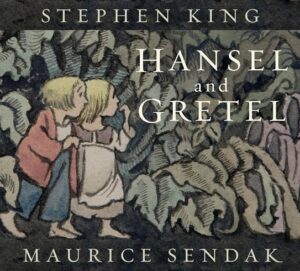
View On WordPress
0 notes
